The idea of growing veg to eat may sound like a daunting project.
But there are ways of doing it by simply recycling the vegetables you already have. It can take a little patience, but it's also a good way of living a sustainable life.
The veg that keep on giving
Your vegetables are a solid source of nutrition and a strong suit of any meal. They may look like something you cook once and enjoy - but itтs possible to keep some back from the plate and regrow it as new produce. Guy Barter, chief horticulturalist at the Royal Horticultural Society has some expert advice on which items you may currently have in the cupboard that can come around again.
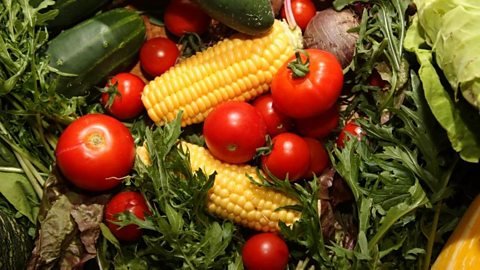
The first items on his list are sweet potatoes, fresh ginger and yams, a vegetable grown from a tropical vine that is popular in the Caribbean and Latin America but also available in the UK.
Theyтre also known as tubers, parts of a stem or root below the surface which are much thicker than the rest and which can be harvested. A regular potato is a good example of a tuber.
тPlant the sweet potatoes, ginger and yams in pots and leave them in a warm place,т Guy said. тWithin a few weeks, shoots appear and the potted tubers can be planted outside in June.т
Cuttings and spuds
Good crops can also come from taking cuttings. When the shoots on these potted veg appear, Guy advises cutting them into 8-10cm sections, then placing them in a pot of potting compost, covering them with a plastic bag and leaving them in a bright room. Itтs best to allow adults to handle any compost as it can be a messy and heavy job.
Guy explained: тAfter a week or two, the cuttings will have roots and can be potted into their own pot, for planting outdoors in June once roots can be seen coming out of the bottom of the pot.т
Regular spuds from the supermarket can also be planted in spring to yield crops.However, these can be prone to disease, as indicated by peculiar-looking leaves. Potatoes can suffer different diseases but one of them, potato blight, shows itself through the leaves developing dark spots.
Guy recommended planting seed potatoes instead, which arenтt as likely to have diseases. These arenтt the type of seeds you find in a packet, theyтre potatoes - but not like the ones you get in the supermarket - which are specially grown to be put back into the ground and regrown as future crops. Farmers hold back up to 15% of their potato harvest each year to replant for the following season.
Sowing the seeds
Some of the fruit and veg we eat contain easily accessible seeds which can be planted to produce a new crop.
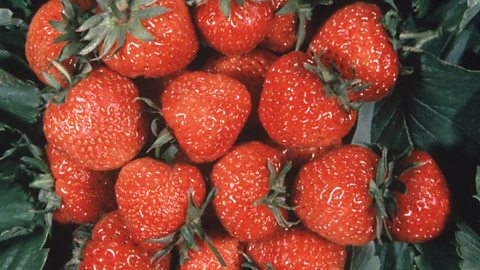
Guy said: тSeeds from very ripe tomatoes, peppers and strawberries can extracted, or in the case of strawberries, scraped off the fruit surface and sown. Expect crops by late summer.т
He added: тKitchen cupboard seeds will often grow if they are not too old. These include leaf celery, chickpeas, coriander, cumin, dill, dried chillies, fennel, fenugreek, marrowfat peas, mustard and star anise.т
Your windowsill can also become a handy spot for growing. Watercress, including Chinese watercress, can be placed in jars of water and kept in a bright place. Roots should soon appear, enabling them to grow.
Also, any onions or garlic which begin to grow can be placed in pots or in a garden border. The leaves which come through can be snipped off and used in salads.
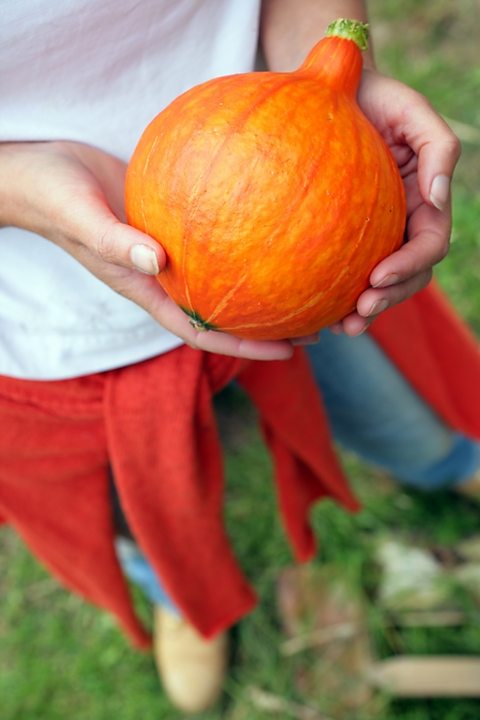
Some sage advice
Before you go rooting through the veg box for some candidates for planting, Guy has some pointers over the seeds and staples which may not produce the expected results. Some could even be harmful and are best avoided.
He said: тSeeds in bird or pet food, wheat for example, should not be used for, say, sprouting. They may not be food grade and potentially harmful. However, sown outdoors they will feed birds this autumn.т
Pumpkins and squash, such as butternut squash, have seeds within them which can be planted. The crop they produce may not look exactly the same as their source (this is known as not being true to seed) but Guy said they will, тproduce very acceptable fruits in the autumn.т Guy also advises taking pumpkin and squash seeds from those bought in the supermarket rather than any already growing in your garden as the latter can, on occasion, produce a crop with a bitter taste.
So next time youтre preparing a pan of mash to accompany your bangers, or using a handful of strawberries in a tempting pavlova recipe, have another look at your list of ingredients. There may be some items in there that can be enjoyed again. Itтs just a case of waiting for their first harvest.
For lots of advice and recipes which can help while weтre staying at home, take a look at ТщЖЙЙйЭјЪзвГШыПк Food.
This article was first published in April 2020 and last updated in June 2022.

Bitesize burgers: Easy vegan burgers with Gaz Oakley
Gaz Oakley shows us how to make the Bitesize burger for World Vegan Day
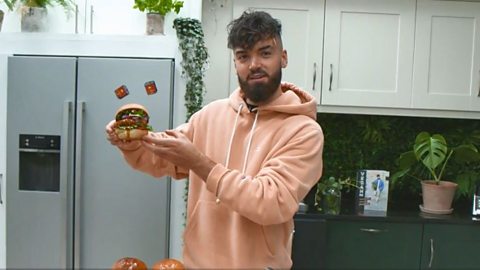
Vegetarians and vegans
Vegetarians and vegans live by specific dietary guidelines. Find out more with this Home Economics: Food and Nutrition guide (CCEA).
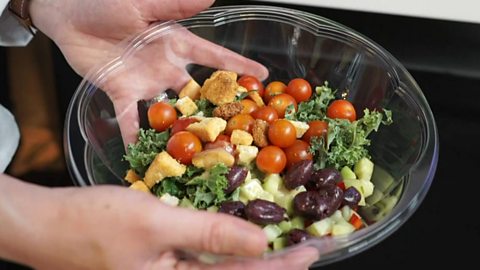
The adorable baby animal names quiz
Test your animal knowledge with this aww-inducing quiz.
